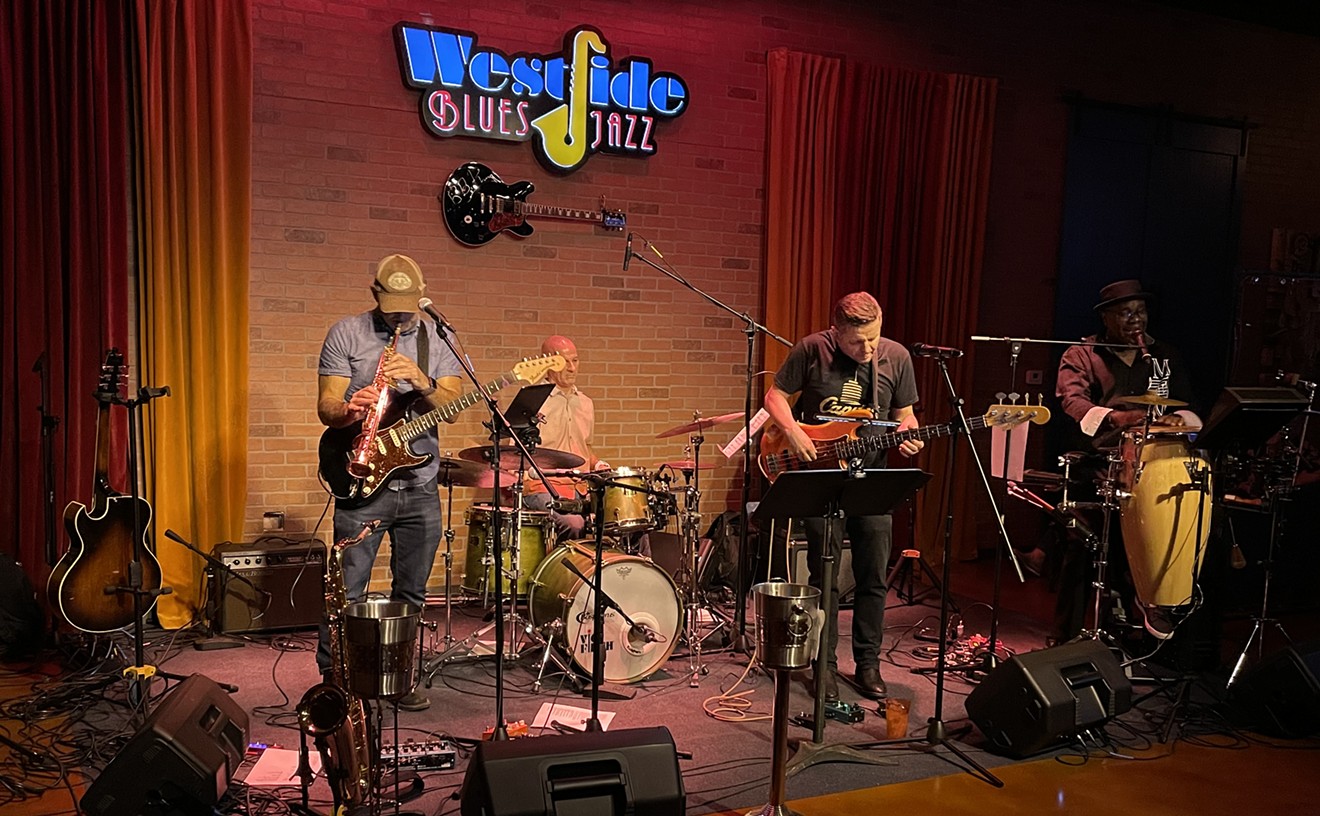Numerous sittings with this coffee-table tome have resulted in either my arms becoming numb, my chest getting pins and needles or my lap falling asleep. Sure, I'm getting old -- we all are. And no one's getting older than the surviving Beatles -- the first rock group to become senior citizens before our very eyes. Most folks couldn't care less about a quartet of aging rockers, but the level of interest and adoration for these Liverpudlians remains unmatched. Even the Rolling Stones dropping down to a foursome and posing like Mount Rushmore on their tour programs doesn't quite cut the old mustard. We never felt close to the Stones, or any other band, the way we did with the Fab Four, which is why John Lennon's demise hit us so close to home and why their 1970 split was a family dispute everyone wanted to see resolved. On a satellite hookup, if possible.
One thing the Anthology videos revealed is how our relationship with the Beatles has changed. Until the release of the 1995 retrospective, we hadn't seen that much of the surviving band members so late in the game. Percentagewise, there was more modern-day footage than old newsreel material in the 10-plus hours we spent with Paul, George and Ringo. The video series left us feeling that they were no longer spry young lads, but more like our aging uncles, sitting and spinning stories you've heard a thousand times before, but don't mind hearing again.
Oddly enough, since George is usually cast as the mean one, he came off as the nicest uncle. If you go back and watch the tapes, you'll see he's always inviting you into a comfy drawing room in his mansion to chat -- you almost feel he's going to lean over and pour you a nice cup of Earl Grey tea. Ringo, the Beatle who generally said, "Whatever the others want is fine with me," is the friendly uncle who would just as soon point you to the fridge and tell you to help yourself to whatever's in there. Meanwhile, Paul is the uncle so bent on impressing you that you can never relax around him. All his interview segments are staged to let you know he's taking time out from some important activity to see you. You can just see him negotiating with the others, "Okay, I won't be interviewed during my colon irrigation, but if I'm gonna talk about 'Yesterday' for the umpteenth time, I wanna be driving a goddamned schooner, all right?"
The Anthology book follows that same established formula. We learn the most about George, who's got the best stories you never heard, and he tells them in a typically matter-of-fact fashion. Like how he lost his virginity in Germany while John and Paul watched, about how he dated Rory Storm's sister or how Gene Vincent made him come along to confront a cheating girlfriend and hold his gun while he pounded down her door.
Ringo's insights are pretty laid-back; even his reactions to taking acid and going to India meet with the dour "It wasn't my cup of tea" responses you'd expect. And Paul winds up being predictably defensive about fighting with Stu Sutcliffe, about not getting the credit for being the "far-out Beatle," about conceiving the Magical Mystery Tour (which wiped out the gold star he earned for coming up with Sgt. Pepper), about being the final one to drop acid and being the last to quit the group but first to make the announcement.
John, of course, is the dead uncle whose answers are unfortunately derived largely from two particularly bitter interviews -- a 1970 Rolling Stone session and a Playboy Q&A conducted just before his death. Keen Beatle watchers will notice that in the responses from the mid-'70s, during his estrangement from Yoko Ono, he seems most relaxed and proud of his past. But once he's back with Yoko, it's bitter ex-Beatle John again.
The layout of the book leaves much to be desired (all the captions are found, rather inconveniently, indexed in the back), but it's still an impressive collection of pictures and memorabilia. Trust me, you've never seen the garish color photo of Ringo wearing a hot-pink suit during his pre-Beatles days. Nor have most fans seen the outtakes from the infamous "Butcher" cover sessions. Apparently, road manager Neil Aspinall saved every receipt and interoffice memo, which are superimposed over photographs, probably to ensure that no enterprising bootlegger will use them for future album covers.
The surviving Beatles were wise to get all this down before the aging process turns all their yesterdays into scrambled egg. Both novice and expert will find something of value in this essential, if imperfect, Beatles book -- which is probably the way Paul, George and Ringo meant it to be. Meet the Uncles, anyone?










